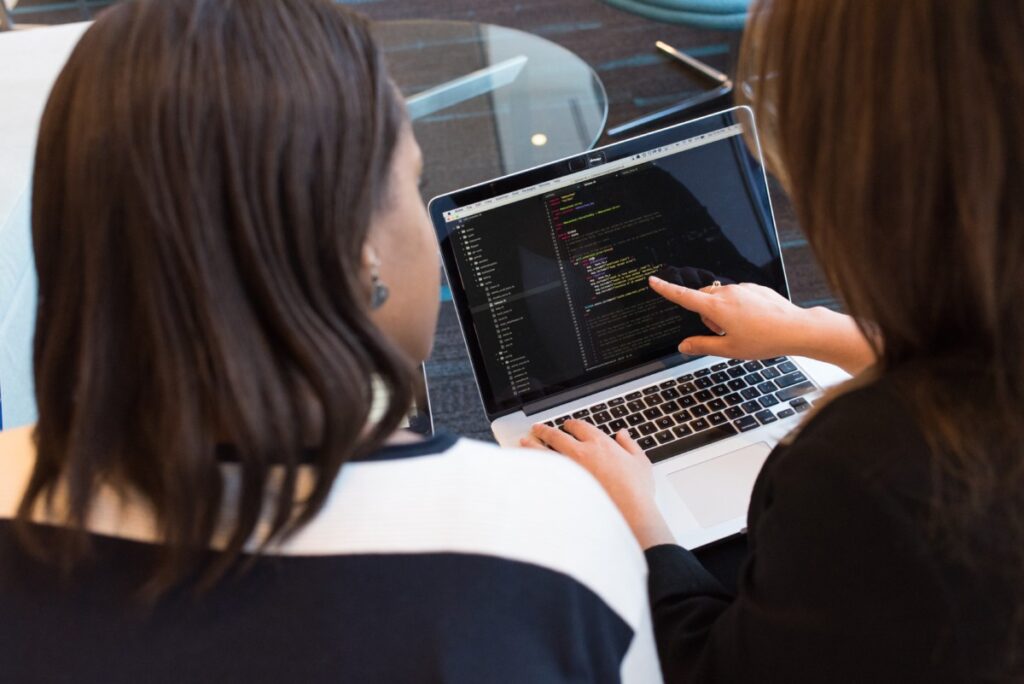
“Prior to electronic submission, veterans could mail a claim on a napkin, and the VA would have to honor that,” Dison said. Paralyzed Veterans of America has long put out the highest quality of claims, he said, but now the added bonus of electronic submission is there is almost no lag time for VSOs to learn the status of a claim. Congressional staff also will have access to regional office staff to check on the status of a constituent’s claim, VA said.Ībove all, Dison emphasized that the electronic submission process has resulted in more quality claims being submitted, which in the end can lead to speedier, more accurate decisions for veterans. The new National Work Queue will not change the relationship with VSOs and VA employees, as VSO representatives will retain access to veterans’ claim information through the Veterans Benefits Management System (VBMS) at each regional office, and online through the Stakeholder Enterprise Portal. “While we as VSOs have the ability to continually track claims because we have access to the VA system, for veterans, it is often inaccurate,” he said.
#WORK QUEUE UPDATE#
“The claims process has been electronic for some time now, and while the VA has cleared the backlog with some success, the quality of claims has gone down, which means more claims move into appeal status.”Īnother challenge, Dison said, is that the eBenefits system, which veterans use to view and track the status of their claim, does not update to accurately reflect the current stage of a claim. “There’s some confusion and concern by veterans as to why their regional offices aren’t addressing these claims,” said Kenny Dison, associate executive director of veterans benefits for Paralyzed Veterans of America. Nearly all (99.8 percent) of VA’s pending disability claims inventory is fully electronic. Much of that success has been attributed to the electronic claims submission process. The VA announced August 2015 that it had reduced the disability claims backlog to 98,535, an 84 percent reduction from its peak of 611,000 claims in March 2013. The claim could stay at that office, or it could be processed at the next available regional office with the production capacity. Under the National Work Queue, the regional office in the state where the veteran resides will be the first filter for determining where a claim will be decided. “This flexibility allows VA to better manage its capabilities to best serve all veterans just as veterans served our nation – without regard to their state affiliations,” the blog post states. In a blog post on VA’s VAntage Point blog, the Veterans Benefits Administration laid out its transition to the “National Work Queue,” an electronic workload management initiative designed to reduce the claims backlog and improve processing wait times. The Department of Veterans Affairs (VA) is employing a national workload approach for processing claims for veterans disability benefits, which in some cases may result in a veteran’s claim being processed outside of their home state. By Brittany Ballenstedt The Department of Veterans Affairs is employing a national workload approach for processing claims for veterans disability benefits If you have an example, please reach out. Having a concrete example (or need) will help us understand the problem better. However, it is possible to use a private loop inside a user-defined WorkQueue may work which can be provided directly to future_promise(queue=custom_queue). If a private later loop wants to become synchronous by running until all jobs are completed but is waiting on a future_promise(), the private loop will not complete unless the global loop is allowed to move forward. This behavior might change in the future, but we are not exactly sure how at this point. The global loop is used by default as the internal WorkQueue "delayed check" uses a single delay check for the whole queue, rather than having each item in the queue attempt to process. The exponential backoff will cap out at 10 seconds to prevent unnecessarily large wait times.Įach time WorkQueue tries to start more work, it will repeat until can_proceed() returns FALSE or there is no more work in the queue.

However, if can_proceed() returns FALSE (no future workers are available) and there is more work to be done, then work is attempted later a random amount of time later using exponential backoff.

WorkQueue will constantly try to start new work once prior work item finishes. For the use case of future, can_proceed() defaults to future::nbrOfFreeWorkers() > 0 which will not allow for work to be executed if a future worker is not available. WorkQueue will only execute work if the can_proceed() returns TRUE. An R6 class to help with scheduling work to be completed.


 0 kommentar(er)
0 kommentar(er)
